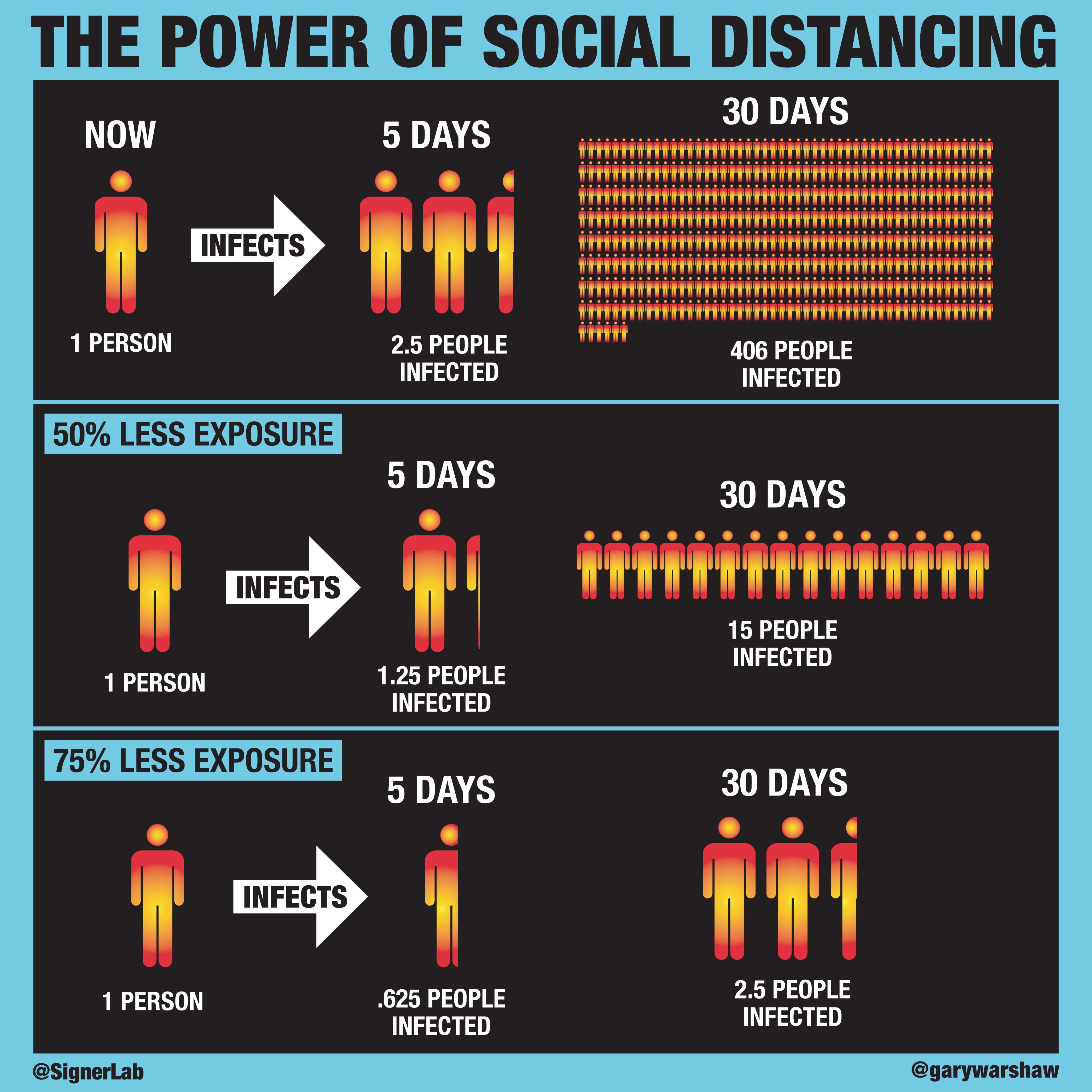My Corona update last week was read by well over 10,000 people and the last “Dublin Event Guide (for Free Events)” with some Covid-19 related information was seen by over 120,000 people. :-O
So I got a good few questions since then and a recurring question is about testing. Many people want to know: What is available and how does it work? So this post focuses on the mechanics of the Virus test that detects Covid-19 while you have symptoms and it also gives some further information about the possibility to detect antibodies that show if you HAD the test.
All explanations in this post are accurate at the time of writing it (27 March 2020), but since all can and will change relatively fast in a few weeks, this post will most likely at least partially outdated.
Most details in this post are based on publicly available information from the SARS expert, German virologist Prof. Dr. Christian Drosten, where I speculate or add my opinion, I will make this obvious.
1) What tests are available?
The current test for the Coronavirus only tests the presence of the virus, not if you HAD Covid-19. So you need to be tested WHILE you have symptoms and you can’t find out if you already went through the illness and might now be immune.
The current test is very reliable in the first week of symptoms, but already in the second week it is not that reliable anymore and that might be the reason why lots of people get test cancellations after quite an initial wait. The test is called PCR test (PCR stands for Polymerase Chain Reaction). In this test the DNA of the Corona virus will be compared with the DNA of what is contained in the sample swab from the patient’s throat.
Antibody (or Antigen) tests are available in labs and will be available in the future to do at home, but currently the home-test kits are not sufficiently tested for their reliability. [Oddly the UK has bought already 3.5 mio antibody tests (www.telegraph.co.uk/news/2020/03/27/coronavirus-covid-19-home-test-kits/) without waiting for the reliability tests. The manufacturer claims a reliability of 98%, but clinical test are at very early stage.] This first version of Antibody test will test a small amount of blood that is taken from a finger-prick.
The antibody test that is carried out in a lab is called ELISA (or EIA) test, which stands for “Enzyme-Linked Immunosorbent Assay”. It will be available on a larger scale in about a month, but larger capacity needs to be built and ELISA machines are not available in big enough numbers yet.
Later (probably in a few months) an antibody test like a pregnancy test will be available and will be the simplest way of mass testing It’s use will be for people to see if they had Covid-19. That test method is called LFD, which stands for Lateral Flow Diagnostic.
2) Why is the current virus test only reliable in the first week?
Currently the Covid-19 illness starts in the throat and then the virus moves to the lungs. Symptoms are initially pain at the back of the throat and later a dry cough and/or pain in the chest. The test is reliable while the virus is in the throat and that is typically in the first week. After that, symptoms are still present for another week or so, but after the first week the virus has moved to the lungs and therefore can’t be detected reliably with a throat swab anymore. The virus might present in the lungs for another 2-3 weeks and it would still be possible to diagnose it by analysing the sputum (mucus that is coughed up when you have a lung-affecting inflammation), but that is usually not tested.
It would also be possible to still prove the presence of the virus reliably in the stool (a.k.a feces) after the first week, but the labs are currently focusing on test swabs only and are mostly not set up for stool tests.
3) Is there anything to confirm that I did have the Covid-19?
Yes, these test are the antibody (or antigen) tests and there is more information about them a bit further down.
4) How is the swab done for the test that will detect presence of the Coronavirus?
Your doctor take the specimen and there are test centres that specify on these tests and at the test centres you often carry out that test yourself. You are given a test kit and have to take the swab yourself. Once the swab is taken, it will have to be analysed in a lab before a result will be known.
To take the swab there are a few methods.
The most reliable and virologist-recommended method is through the nose. In this case the swab is pushed into your nose until you reach the back of the throat. This is very deep into your nose and the test is not very comfortable, you might even get some tears, but it is over in seconds. This demonstrates the “nasopharyngeal swab”: youtu.be/hXohAo1d6tk?t=35
The second method is to take a swab from the back of your throat. It has to be the very back, either left or right of that soft tissue that hangs from your palate (it is actually called “uvula”). This test is called oropharyngeal swab and is not as reliable as the nasopharyngeal swab.
For self-collection of the specimen, a combination of “anterior nares swab” which is at just inside the nostril (or sometimes “nasal mid-turbinate” swab, which is a bit deeper into the nose) and additionally a throat swab is sometimes used. In Ireland, this somewhat less reliable but easier do-able combined test is used and you can see a demonstration here www.youtube.com/watch?v=tfnWnHm8JxU
5) How long does it take to get the test results?
There are a number of delays in the process. The first problem is the delay in getting a test appointment. This has nothing to do with the test method, but with the organisation of the test procedure. Since there are sooo many people that currently need to get tested either because they have symptoms or because they think they have symptoms, this can take days or more than a week. And as explained above, once a week has passed and the test is less reliable, it could easily happen that your test gets cancelled. Why? Well, if your Covid-19 illness was serious, you might be in hospital already and if it wasn’t serious, it is not really necessary to check if you had it or not…especially because the reliability of lower than in the first week.
Once a test has been carried out, the specimen will need to be brought to the lab, it needs to be loaded into a machine and then after the test in the PCR test machine has started, a result is known in about 2.5 hours. But now the information has to be recorded and then needs to be communicated back to you. You can see that this is a long-ish process. If there weren’t so many people to be tested, you should have a result in about 1-2 days, but with so many tests that are queuing up, it can take 4-5 days until you find out the results.
6) Will mass testing happen?
Yes and no! It doesn’t make sense to mass test for the virus because the test has to happen in the first week of symptoms. But after the current serious Covid-19 situation is over, it will be quite relevant for yourself and to know if “herd immunity” has been achieved to check if you HAD been infected.
That’s where the antibody test will come in and since you will be available to self-test at some time, it will definitely make sense to come to a situation where you can buy that test for a low cost and then we will have a sort of mass test. However, the test results will most likely not be sent back to a central register.
7) How does that antibody test work?
Eventually it will be quite simple and fast: You will get a bit of blood from a finger-prick, then you put the drop of blood on a carrier, put a drop of another substance on it and after 15 minutes it will tell you if there are antibodies in your blood.
There are already tests available on eBay, but many are from Asia and are not tested for reliability.
Antibodies are created right from the beginning of the infection, but they are small in numbers. After a week, however, there is a good number of antibodies and that number increases in the next 2-3 weeks to a significant number. So once a reliable test is available (in 2-3 months maybe, the UK claims in about 1 week :-O ), you can do it on your own in a months.
Until then there is an option to do the “ELISA” test that I mentioned above. But ELISA tests are still lab based and therefore your GP needs to send in the blood sample.
Can antibody tests be done in any different way even earlier? Yes, a lab can already test if antibodies are in you blood. But this is a relatively complicated test and therefore is not a high priority at the moment where labs are flooded with the virus tests. The lab-based antibody test is called “Immunofluorescence test” in case you need to talk to a doctor about it.
8) You mention “herd immunity” again. Can you explain again?
Herd immunity is a situation where there is so much immunity in the “herd” of people that the virus can’t easily spread any further. Herd immunity requires that approximately 60-70% of people in society are immune.
9) Once I am immune against the Coronavirus, does that mean I can’t get it anymore?
Yes, as it looks at the moment, immunity against the Coronavirus is achieved once you had Covid-19. Unfortunately, though, viruses can mutate and therefore immunity against the current Coronavirus doesn’t mean that if a mutated Coronavirus will come back at some point in the future you will be immune against that next NEW Coronavirus. A lot of things are not clear yet regarding immunity and more research has to be done, but this is the situation that virologists expect at the moment.
————
All this information is gathered based on information available from official channels or from expert virologists. However, there is a possibility that I misunderstood something. If you think that something in the above post might not be correct, please let me know before 27 April 2020. After that, I will not change the post anymore, but instead you should assume that the information above is “historic”. ;-)



